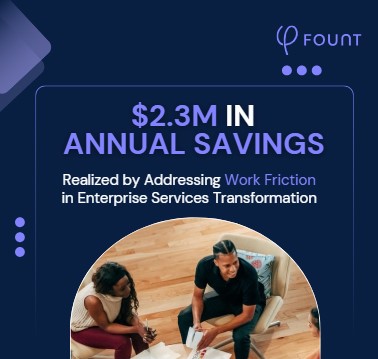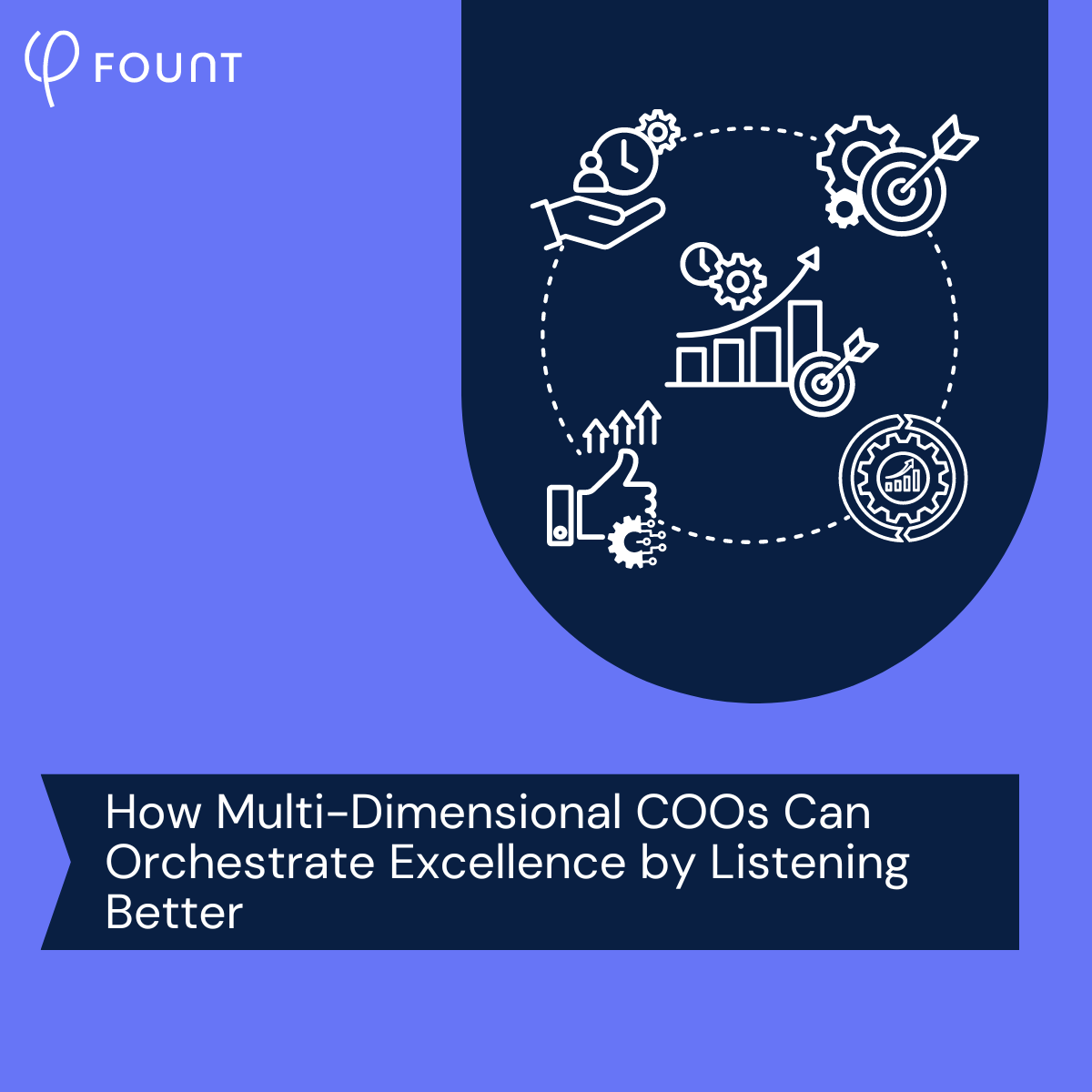Table of Contents
Let Data Lead the Way: Using Employee Feedback to Improve Productivity
A summary of the details of the article will go here.
In 2024, Gen Z employees will outnumber Baby Boomers among full-time workers in the US.
That shift is significant for two reasons: first, because it’s a reminder that Gen Z is no longer “the next big thing” but rather a growing force in the workplace; and second, because the expectations of Gen Z workers may be at odds with those of the older employees likely managing them.
That mismatch in expectations can cause work friction – which can hurt the productivity of your organization as a whole. The good news: gathering hard data on workplace friction can set organizations on the path to higher productivity.
Easier said than done, right? Right. Let’s get into the details of how to make this work.
The Gen Z “Educated Consumer” Mindset
Maybe the biggest problem with saying “let the data lead” in the context of employee feedback and work friction is that older employees in decision-making roles may fundamentally disagree with the perceptions of the younger employees providing that feedback.
Take a call center employee at a bank, for example. Maybe they mention to their manager that they’re struggling because customers often want to talk about different products – say, a checking account and a mortgage – on the same call. But that requires the employee to log into two different systems and make the customer wait while each loads, which leads to customer frustration (and, of course, employee stress).
A manager’s reflexive response may be that this is an employee problem: they need to learn to get better at small talk as they toggle between systems and wait out load times. And indeed, maybe when the manager held a similar role, that was the correct approach to this problem. Systems took longer to load; people accepted that.
Today, however, honing small talk in response to lagging tech is – at best – an unsustainable workaround. What’s more, customers will likely feel as frustrated as employees by outdated systems.
This is why feedback from Gen Z employees is so valuable: this generation of workers are educated consumers first. They came of age in the era of WiFi and smartphones and Google and Amazon. They are used to being able to do things without friction, and so become frustrated when friction exists – especially when they know it shouldn’t, given current technological capabilities.
In the case of the disparate back ends, the Gen Z employee may be frustrated because they know it’s possible for their experience to be better. When managers push back and suggest that their feedback isn’t valid, they understand that system improvements are simply not a priority.
That message, of course, can have seriously negative implications for retention. As it turns out, it can also hurt productivity.
The Productivity Benefits of “Intergenerationally Inclusive” Workplaces
A recent study by Protiviti found that workplaces that are “intergenerationally inclusive” are also more productive. Specifically: self-reported “low productivity” overall clocked in at 25 percent; for firms deemed intergenerationally inclusive, that number dropped to just 13 percent.
Intergenerational inclusivity also correlated with higher job satisfaction and lower intent to seek out other jobs.
At first glance, those numbers are staggering: you can cut low productivity in half simply by making workers of all ages feel welcome?!
Yes. Let’s return to the example above. Your call center employees keep saying that it takes too long to navigate the many systems they need to access to service customers. But is it really a problem? Or is the newest crop of workers just unprepared for what’s required of full-time employment?
This is where hard data becomes invaluable.
Anecdotal reports may give you a sense of what’s not working. But until you intentionally gather data on where employees are experiencing work friction, you can’t identify where your biggest productivity drains are – and you certainly can’t prioritize the efforts needed to fix them.
And by all measures, the productivity costs of work friction are significant: Gartner found that two-thirds of employees are forced to “hack” their way around roadblocks to get their daily work done. On average, those workarounds account for two hours per employee per day. Yikes.
Gather Data, Empower Leaders, Track Progress
To assess the cost of work friction at your organization, you have to first measure it. You can do that by surveying a representative sample of employees about their day-to-day experiences, looking for tools, systems, and processes that slow them down.
That might include…
- Outdated back-end systems.
- Buggy headsets or wireless mouses that never connect right.
- Multi-layer approval processes that involve slow-to-respond stakeholders.
Once you have a sense of where you’re losing productivity, you can measure the financial impact of each and prioritize projects for eliminating your sources of work friction.
From there, it’s important to track your progress and regularly check in on employees. As your business evolves, you’ll likely introduce new tools, processes, and systems – any of them might create friction. Similarly, new sources of work friction might emerge as your workforce evolves.
Work friction is dynamic; taming it requires engaging with it on an ongoing basis.
A Proven Path to Greater Productivity
Many businesses pride themselves on being data-driven. But too often, if we don’t know how to gather the data we need, we rely on gut instinct or anecdotes to make decisions. That approach to employee feedback is all too common – and usually leads to fixing the wrong problems, sometimes at great cost.
Our software is designed to collect data on where work friction is happening in your organization, assess the costs, and map out high-impact solutions.
Ready to slash your organization’s work friction and reap the gains in productivity? Get in touch.
Related Resources
See all News
Guest Post
3 Signs Your GBS Is Creating Friction Instead of Flow (And How to Fix It)
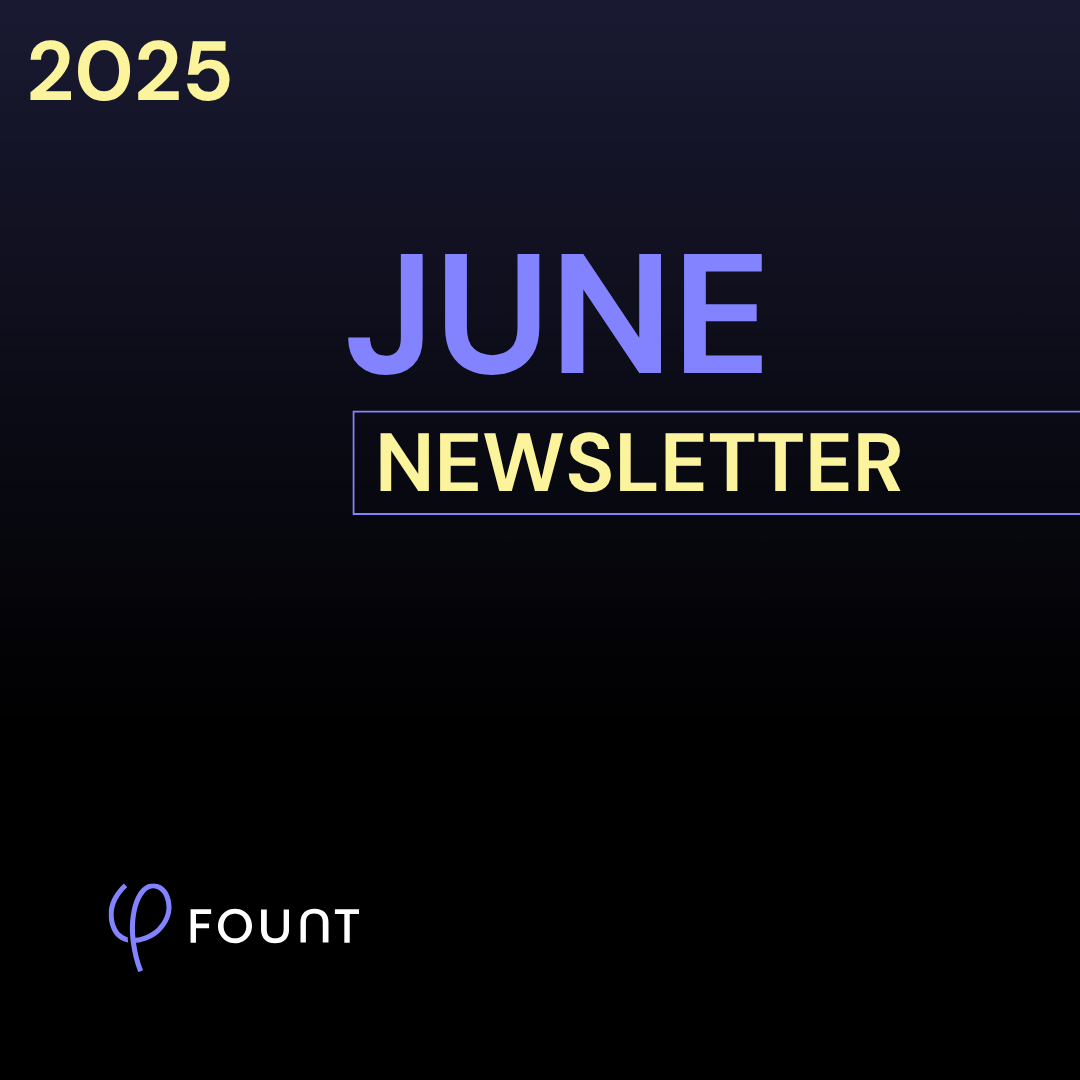
FOUNT News
June Newsletter: Friction is Killing Your AI ROI.

Insights
Breaking the False Tradeoff in GBS: Efficiency vs. Experience

Events
LIVE Webinar – July 9th for SSON Network. Beyond AI Hype: How to De-Risk Your GBS Transformation with Friction Data

Insights
To Create New Value, GBS Leaders Need Different Data
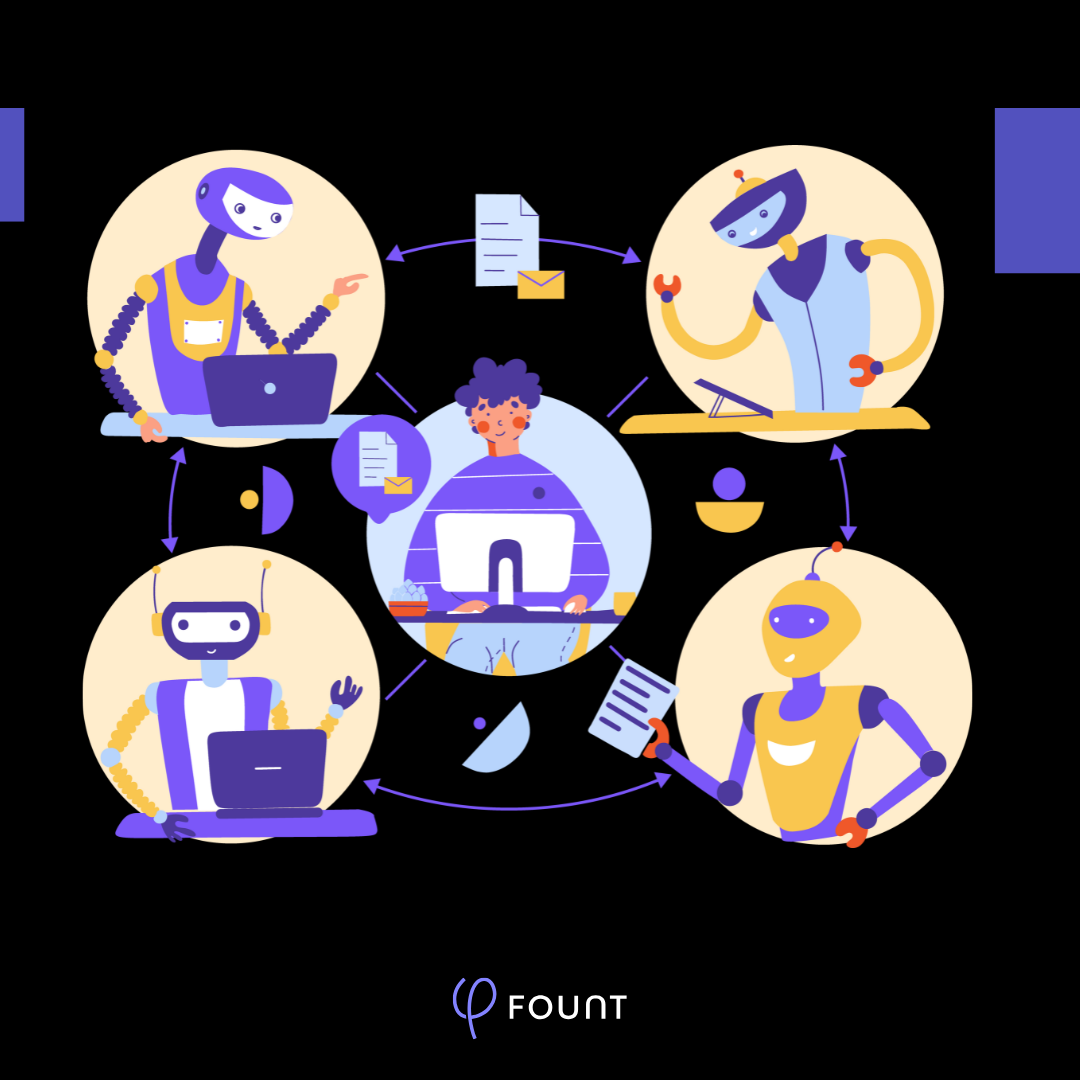
Insights
How to Keep Up with the Latest AI Developments
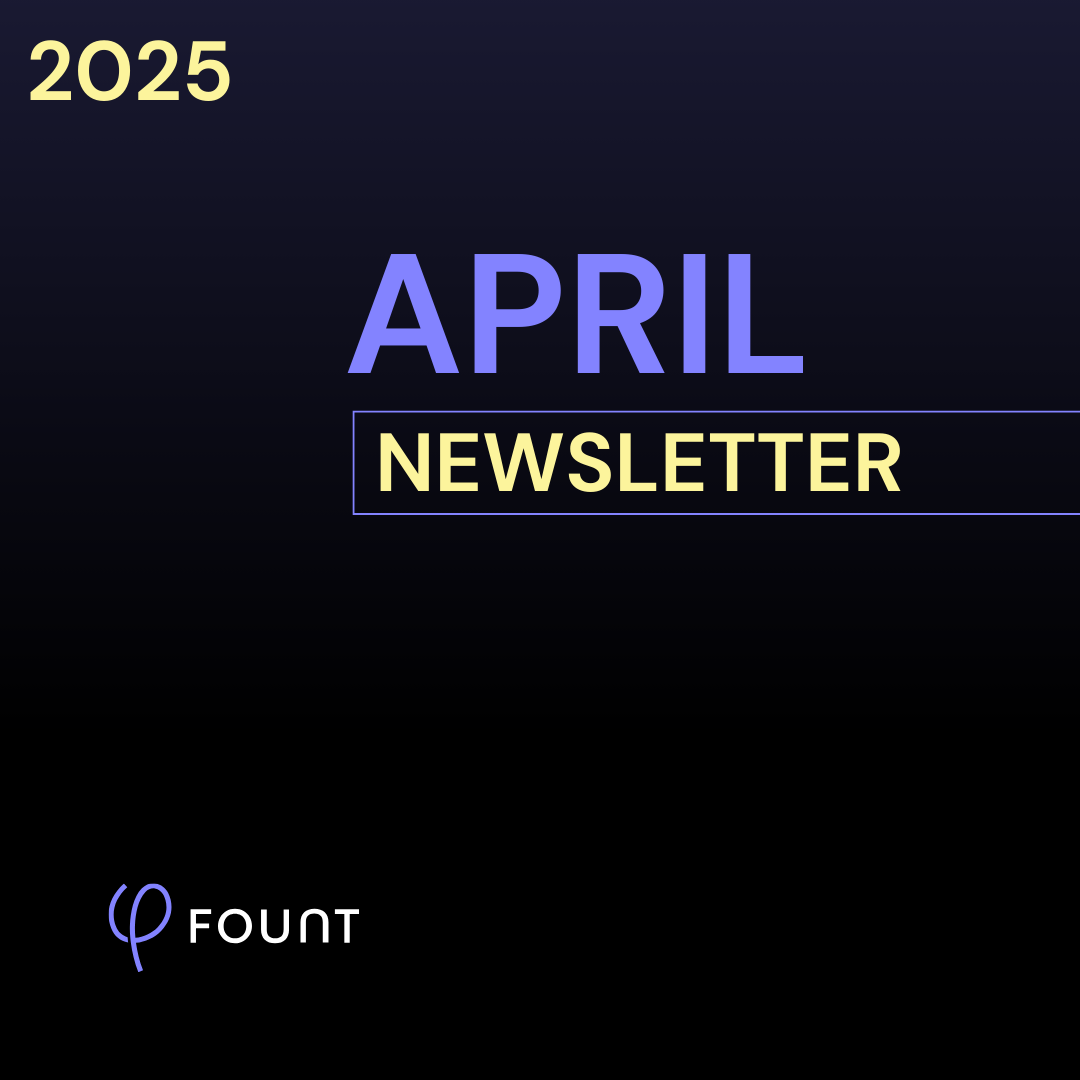
Insights
APRIL Newsletter. Friction: You Can’t Improve What You Can’t See

Guest Post
AI is Reshaping the HR Operating Model: Here’s What 15 Leading Companies Discovered
